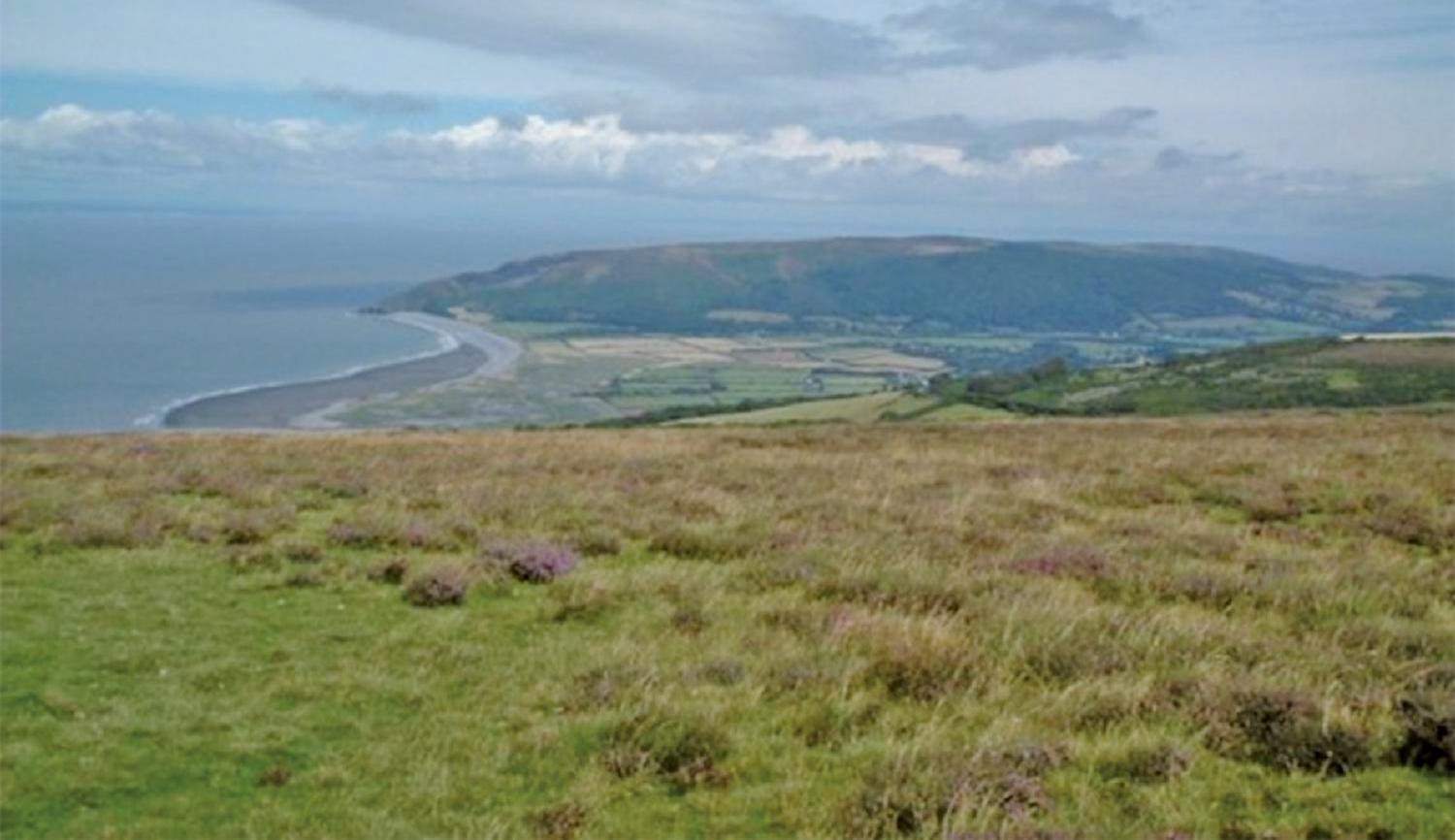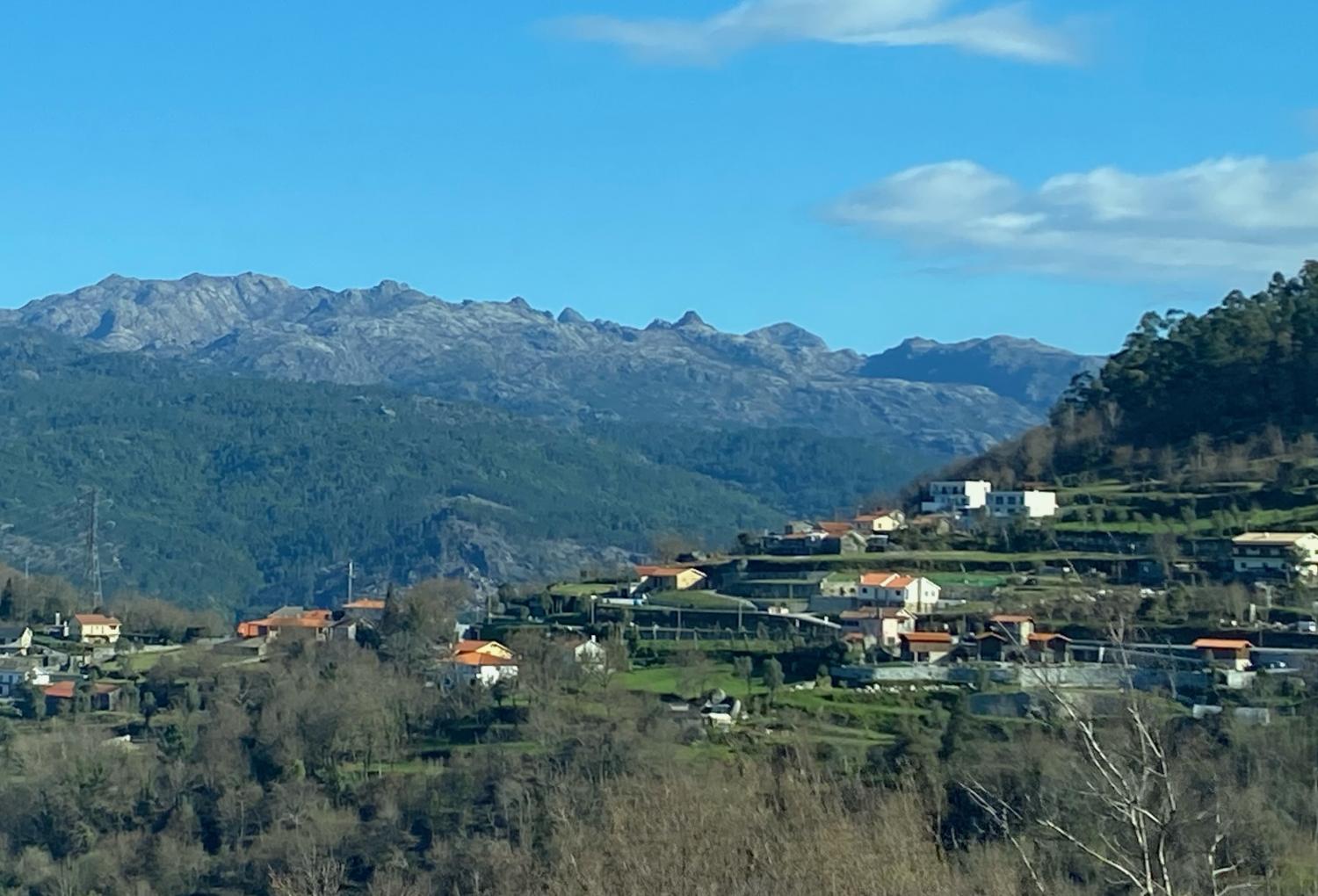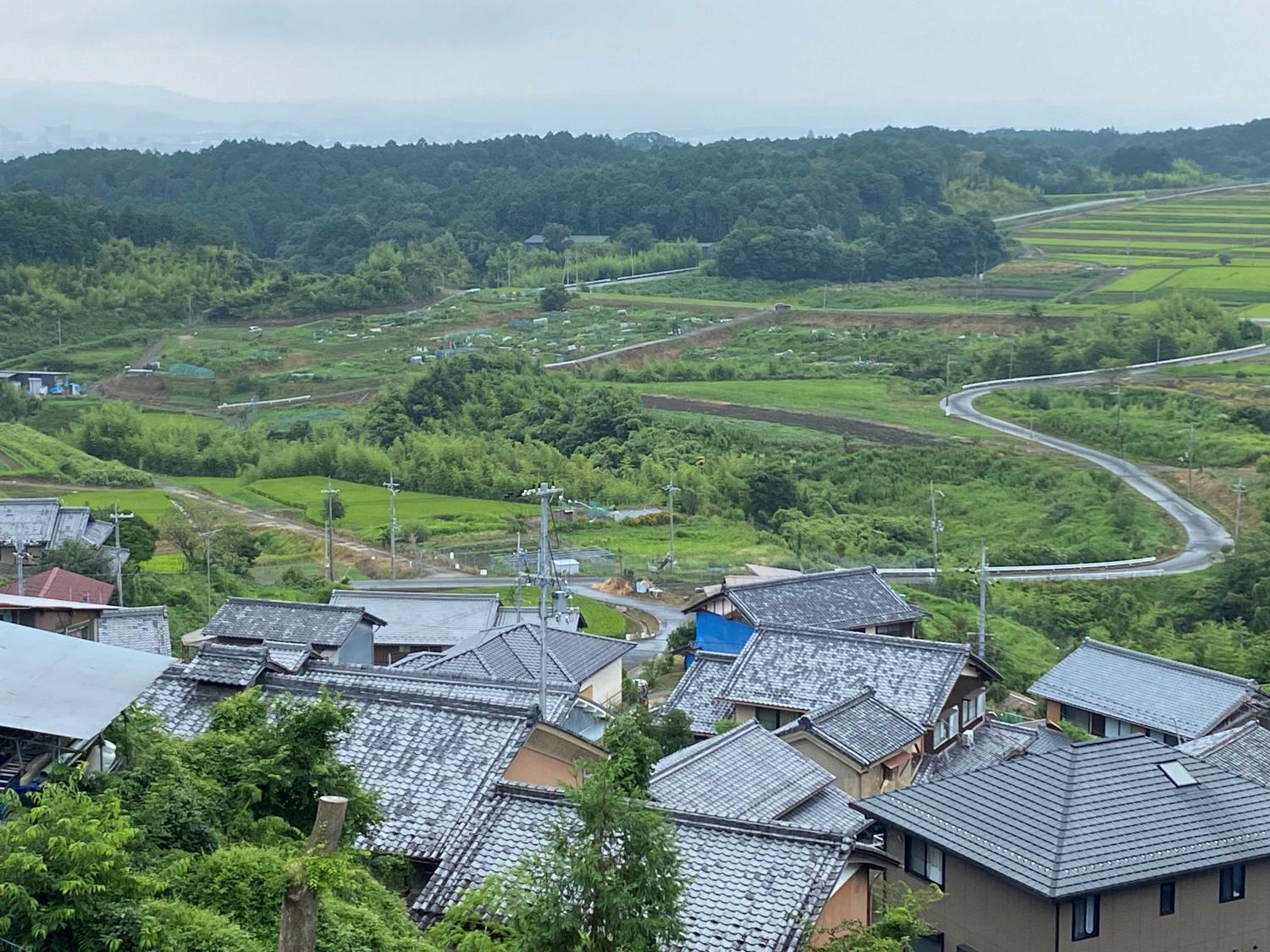
Research Program
Combining Knowledge for a Fundamental Innovation of Land Use Program
SATOCONN Project
Satoyama Reconnections: Engaging Communities in Resilient, Nature- and Climate-positive Land Use Futures
Abstract
In many developed economies, fragmentation of the goals and drivers for land use linked to the pursuit of commodity production and higher financial returns has fractured and weakened former longstanding interdependencies between people and nature, contributing to significant environmental and social damage. Satoyama, as promoted by the IPSI partnership, highlights the importance of recognising and working with longstanding cultures and knowledge of land management and people-nature interdependence in rural communities, in order to repair such damage. This project aims to identify, understand and promote options for enhanced land-use governance, ownership and stewardship. SATOCONN is mobilizing multi-actor partnerships via six living labs in satoyama high nature value landscapes across Europe and Japan. We are testing innovative approaches to reconnect and revitalize people-nature interconnections, learning from the past and prospecting for a nature-and-climate-resilient future.
The deep interdependence of people and nature is often noted but rarely supported in modern economies and societies. Satoyama high-nature-value landscapes hold a vital repository of assets, knowledge and skills that can help affirm and renew this interdependence, but their future is challenged by lack of appreciation and support from policies, legal institutions, markets and wider societal processes, in Japan and Europe. This project seeks to reconnect people with the values and understanding coming from Satoyama, exploring improved ways to tackle current and future ecological challenges, including biodiversity decline and the climate emergency.
Our four-year research project involves integrated and transdisciplinary analysis and engagement to characterize and revitalize Satoyama landscapes in Europe and Japan. It aims to achieve a deep understanding of their challenges and opportunities for strengthened (re)connection between people and nature, to enable appropriate and resilient responses to global climate and biodiversity crises.
SATOCONN deploys cutting-edge methods within a Living Labs framework, to engage research, practice and policy in planning and undertaking action for positive change. Insight from natural and social science and performance arts will be developed and shared within and between six contrasting case studies. The ‘living lab’ approach has gained prominence in recent participatory and impact-oriented studies as a mechanism to promote experimentation and real-world change alongside research and public engagement. A four-stage process: visioning; experimenting; learning lessons and promoting transferable practice; is centred around the animation and facilitation of place-based examples of challenge and change.
In our two Japanese and four European cases (UK, Switzerland, Sweden and Portugal), we will create and mobilize living labs to benefit local communities and inform global, national and regional policies. Indigenous and expert knowledge will combine in new ways to strengthen Satoyama concepts and contemporary practice, to revitalize and sustain cultural landscapes, making a positive contribution to more resilient rural futures. The research team has longstanding experience using embedded, participatory methods in our case study locations, with multi-disciplinary expertise spanning ecology, landscape, agriculture, forestry, economics, sociology, political science, heritage and arts. We will co-develop the project with local stakeholders including farmers and communities, institutional and policy actors, to ensure real impact. In parallel, SATOCONN will train and empower a cohort of young researchers to apply and develop these methods to benefit people and planet.
Our goal is to help society to recognize the value of a continued and strengthened Satoyama ethic, in future land use governance and action.
Results
What we know so far
In our pre-research year, project members met in the UK for three days of intensive planning. Numerous subsequent online sessions were used to discuss methods and approach. Junior staff were successfully recruited so we will begin our full research with a complete team of experienced and early-career researchers keen to engage with local actors and policymakers, in our six case study sites. A training event for European teams was held in Paris to refine our Satoyama Integrated Landscape Assessment (SILA) method and share skills and experience in facilitating living labs. Training will be repeated in Japan in June 2025. Teams are being deployed to undertake the SILA in each location and guidance is being finalized, building upon the core method of agrarian diagnosis, adapted to respond to multifunctional land uses. We will work effectively in each of our case study areas whilst simultaneously testing, reflecting upon and refining the approach as we progress in partnership with local actors, mobilising indigenous and expert knowledge.
Meetings of the full team are planned for Autumn in Kyoto, and Spring in Porto, to enable continued learning and exchange between cases. We will launch our web-site and establish our external Advisory Board in this coming year, as well as drafting the SATOCONN dissemination, communication and exploitation plan and developing initial theories of change, identifying potential pathways to impact in policy and practice. Already, teams in each location have established good connections with their communities, helping to ensure that our living labs can be inclusive, supported by early stakeholder mapping.
Towards the end of the first year, we will publish the results of our six SILA, as well as reporting on developing and refining this novel method. Briefings will be produced for policy makers, examining the benefits and challenges of integrated multifunctional and systemic landscape assessment.
Noteworthy items
Our initial work to compare the context in each of the six case study areas has demonstrated considerable similarities in respect of current challenges and the systemic nature of changes occurring across their territories. This means that we can already identify a common portfolio of potentially interesting elements to pull together, combining these in different ways that respond to the unique situation of each case, in order to find positive ways forward.
Demographic decline and increasing land-use conflict both link to low levels of understanding of human-nature interlinkages and their value for well-being, among many in society. Nevertheless, in each of our cases we can identify both older and young people who have an appreciation of these fundamental connections. Entrepreneurial actors seem important, as well as individuals and communities who are willing to invest time and effort documenting and maintaining cultural and social customs, practices and knowledge to pass between longstanding and newly-arriving households and families. Already, the relations between researchers, policy makers and practitioners have been sufficiently established to enable early discussion and examination of the motivations and capacities that might underpin our living labs, as they develop.
We have also begun to identify gaps in knowledge and/or the gathering and interrogation of information that could be important for the project. More detailed ecological condition and climate projection data must be brought together to enable effective future planning, as well as stakeholder mapping and policy assessment to help us to establish the potential ‘room for manouevre’ and scope for change, in each case.
In considering arts and performative experience, we have identified a rich range of existing practice and custom associated with Satoyama, in all of our cases. We therefore plan to mobilize endogenous arts methods within the project, as it develops.
 Photo1: Satoyama in Pededa-Gêres (North Region, Portugal) Photo: FUKAMACHI Katsue
Photo1: Satoyama in Pededa-Gêres (North Region, Portugal) Photo: FUKAMACHI Katsue
News
-
{{ data.disp_date }}
{{ data.content }}
Member
Project Leader
DWYER, Janet
Professor, RIHN / Professor, University of Gloucestershire, UK
Researchers at RIHN
Ei Resercher
OSAKI Risa Reserch Assosiate
Main Members
FUKAMACHI Katsue Kyoto University
KOBAYASHI, Mai Kyoto University
DEVIENNE, Sophie AgroParisTech
SANDSTRÖM, Camilla Umeå University
HALLER, Tobias University of Bern
LOMBA, Angela University of Porto
TOYODA Mitsuyo Niigata University
BLACK, Jasmine Niigata University
McCRACKEN, Davy Scotland’s Rural College
SHORT, Chris University of Gloucestershire
Evaluation by an external evaluation committee
Research schedule
| 2023 | 2024 | 2025 | 2026 | 2027 | 2028 |
|---|---|---|---|---|---|
| FS | FS/PR | FR1 | FR2 | FR3 | FR4 |


